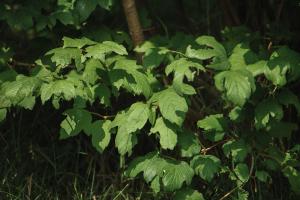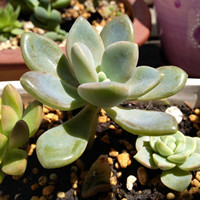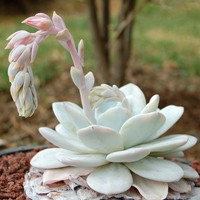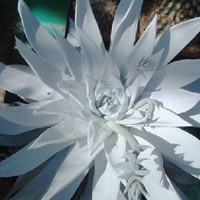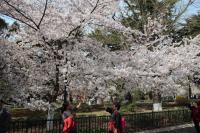How Far to Plant Fruit Trees from Septic Field
When it comes to planting fruit trees, one of the factors that gardeners need to consider is the distance from the septic field. Septic systems are essential in disposing of wastewater from homes and other structures. However, they can also have an impact on the growth and health of plants, particularly fruit trees. In this article, we will discuss the recommended distance for planting fruit trees from septic fields and the reasons behind it.
What is a Septic Field?
A septic field, also known as a drain field or leach field, is an underground wastewater system that treats and disposes of household or commercial sewage. It is composed of a series of perforated pipes that are buried in trenches and surrounded by materials such as gravel or sand. Wastewater from sinks, toilets, and showers flows into the septic tank where it is separated into three layers: solids, liquids, and scum. The liquids are then distributed to the drain field where they are filtered and treated by the soil before being absorbed into the ground.
How Far Should Fruit Trees be Planted from the Septic Field?
The distance between the septic field and fruit trees largely depends on the size of the property and the type of soil. However, as a general rule, fruit trees should be planted at least 50 feet away from the septic field. This distance ensures that the roots of the fruit trees will not interfere with the septic field and vice versa. Trees planted too close to the septic field may damage the pipes and cause the system to fail over time. Moreover, they may also absorb excess moisture from the soil, leading to reduced septic system performance.
What are the Risks of Planting Fruit Trees too Close to the Septic Field?
The risks of planting fruit trees too close to the septic field are significant. The roots of the fruit trees may extend into the drain field and clog the pipes, causing the system to back up and stop working. Additionally, the tree roots may absorb excess moisture and nutrients from the soil, leading to reduced septic system performance. This, in turn, can result in costly repairs or even the need to replace the entire septic system. In some cases, the wastewater may also become contaminated with harmful bacteria that can pose significant health risks.
How can Fruit Trees be Protected from Septic Fields?
If you have already planted fruit trees near the septic field and are concerned that they may be affecting its performance, there are a few steps you can take to protect them. First, ensure that the septic system is properly maintained and inspected regularly. This will help identify any problems early on and prevent them from escalating. Second, consider installing a root barrier around the perimeter of the septic field to prevent the tree roots from growing into the pipes. Third, avoid planting fruit trees directly above the septic field or areas that are particularly moist or boggy.
Conclusion
Planting fruit trees is a great way to add beauty and value to your property. However, it is critical to plant them at a safe distance from the septic field to prevent damage to the system and the trees themselves. By following the guidelines outlined in this article, you can ensure that your fruit trees thrive while keeping your septic system functioning properly. Remember, prevention is always better than cure.

 how many times do yo...
how many times do yo... how many planted tre...
how many planted tre...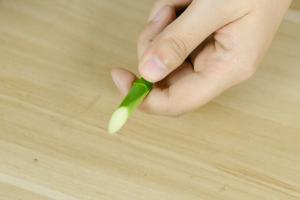 how many pine trees ...
how many pine trees ... how many pecan trees...
how many pecan trees... how many plants comp...
how many plants comp... how many plants can ...
how many plants can ... how many plants and ...
how many plants and ... how many pepper plan...
how many pepper plan...